Great User Onboarding Examples
When it comes to how user onboarding works, sadly, many companies are confusing it with catching Pokemons. If they see a new user sign up for their product, they just start throwing as many modals and popups at him until he is activated.
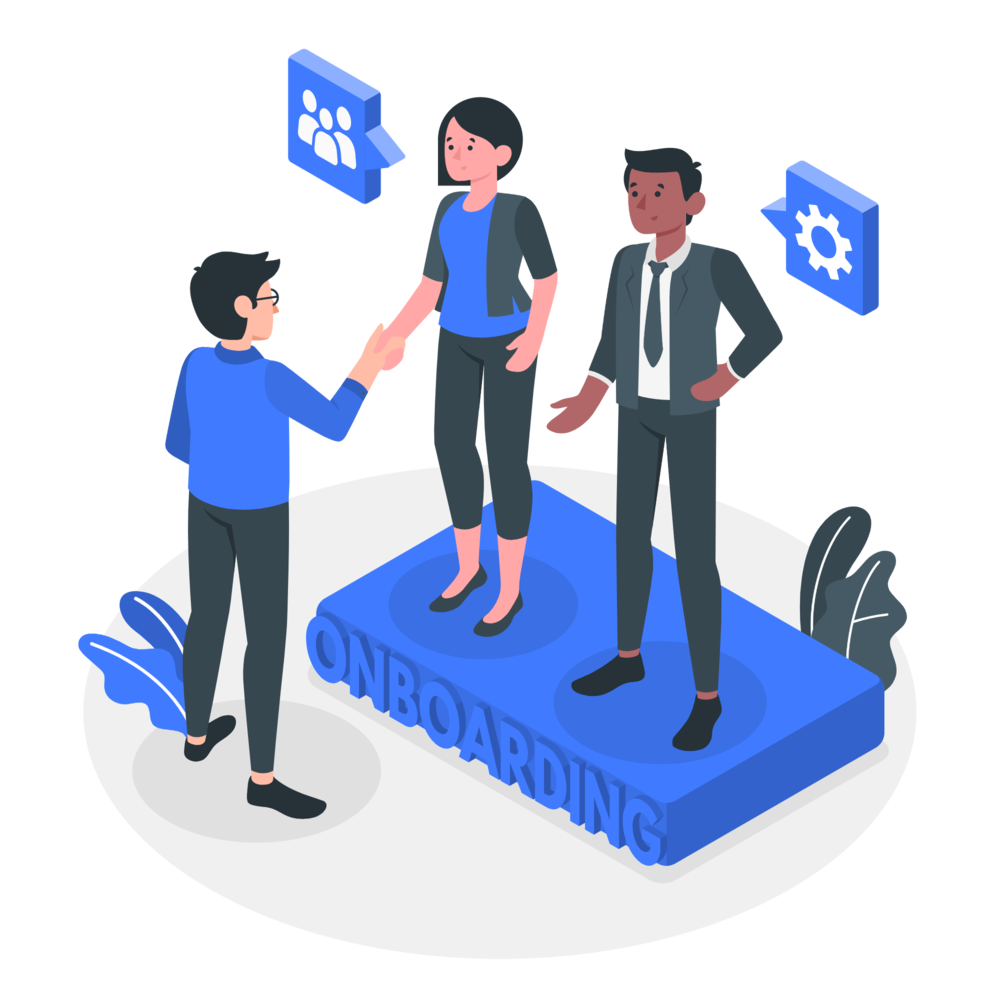
Well, that's not how it works. popups and modals are great at catching user's attention. But it would be best if you don't overuse them. I'll talk about poor user onboarding in more detail in The user off-boarding starter pack - How to give a first bad impression for your first signups post. Let's focus on understanding the best way to onboard new users is.
What is user onboarding anyway?
In a nutshell, User onboarding is navigating a user from point A to point B:
- Point A: Hmm, I'm not sure, but this product might provide
the value I was searching for. Let's give it a shot.
- Point B: Alright! I get it now. Yes! This is exactly what I've been looking for.
 In other words, it's the process of convincing a first-time user who doesn't fully understand your product that it can solve his problem.
In other words, it's the process of convincing a first-time user who doesn't fully understand your product that it can solve his problem.
How to do it right?
Identify and define the "Aha! moment" of your product.
If you want to have a successful user onboarding, you need to identify first at what point in your product first-time users realize that your product solves their problem. We often refer to these moments as the "Aha! moment". It can be seeing tweets of subjects that users are interested in, finding the product that they need to order, making their first dashboard ... you get the point.
Identify the required steps users need to complete to get them
to the "Aha! moment"
After identifying the "Aha! moment" in your product, Now you need to figure out what steps your first-time users need to complete to get there. For example, Twitter is following the Twitter profiles that share the same interests as you. LinkedIn is completing your profile by adding a bio, a photo profile, and a job description so your connections can easily find you.
Pick up the right gear for your mission.
Now it is up to you to pick up the right gear to guide your users. Some of the popular tools are product tours, onboarding progress bars, checklists, and onboarding emails. It really depends on the product and on your audience. For example, here at Kompassify, we use our no-code user onboarding progress bar. We start with a personalized welcome message then guide step by step our new users toward the "Aha moment" of our product, which is building your first product tour.
Kompassify's No-Code user onboarding progress barBest user onboarding examples for 2024
Linkedin user onboarding
Let's take a look at how the folks at Linkedin are onboarding their users. First, they start with a personalized welcome message.

Then there is an onboarding progress bar to guide their users toward completing their profile. to make sure that the users get the most of Linkedin

And finally tooltips to highlight the important parts of the dashboard.
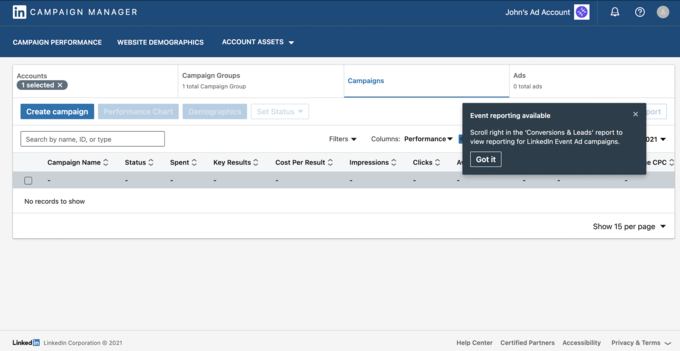
Slack user onboarding
How slack is doing the user onboarding? A tooltip to the main team channel
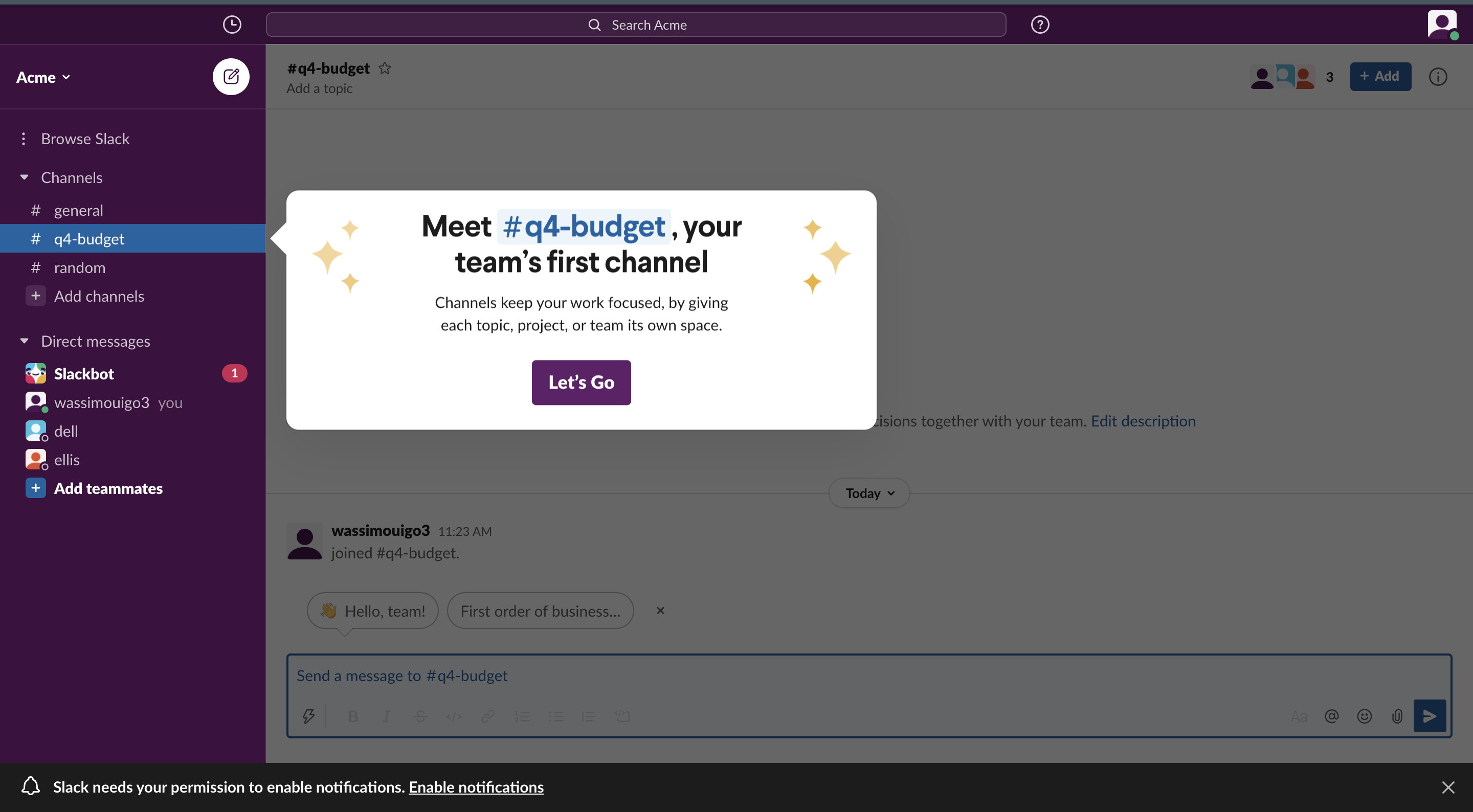
Then there are predefined chat messages to make it easier for users to get started.

And finally a friendly message from the slack bot in case the user needs help

Grammarly user onboarding
Grammarly has one of the most intuitive user interfaces that I have experienced, and they have nailed in their user onboarding.
Let's check how Grammarly is doing the user onboarding
First they start with a welcome message and try to identify persona of their new user
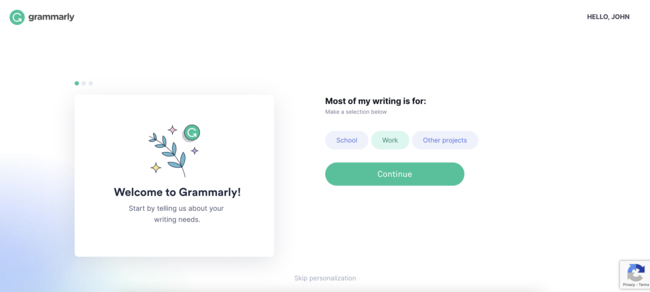
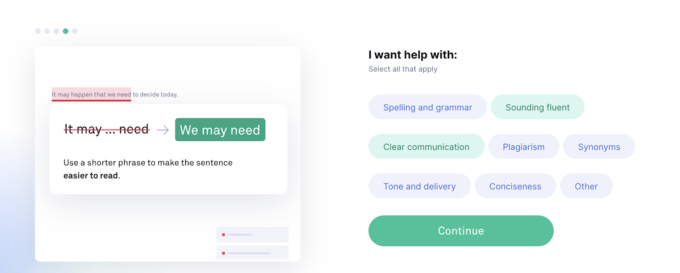
Then they follow up with a quick 4 step tour to explain their key features.
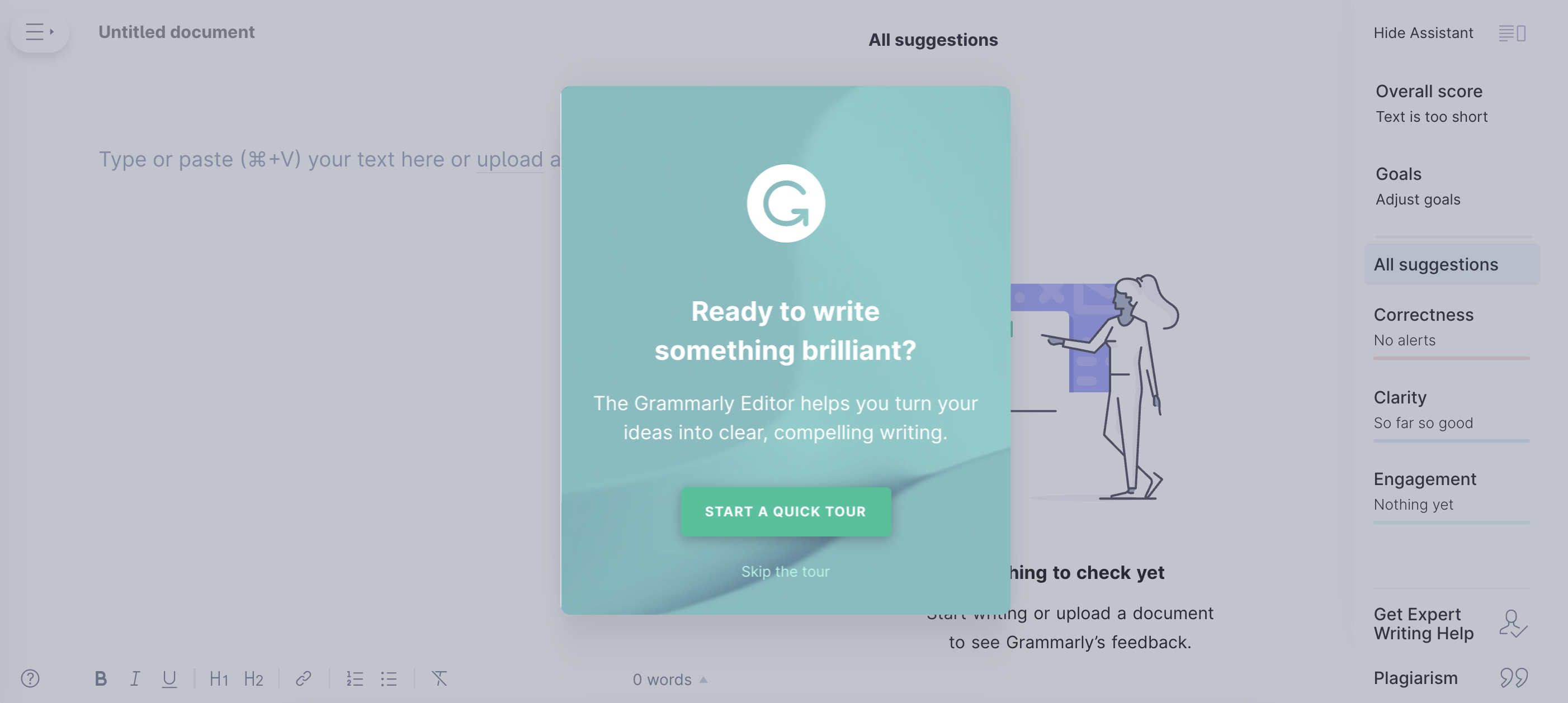
And a predefined document with tooltips to ease the learning curve.

What do these examples have in common
- They try to make the user welcome and comfortable - They try to shorten the learning curve by giving predefined examples. - They are short and straight forward.
